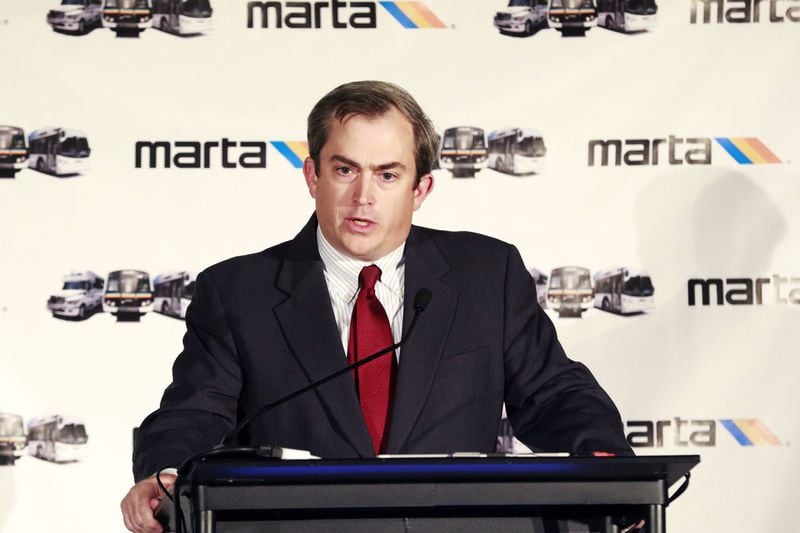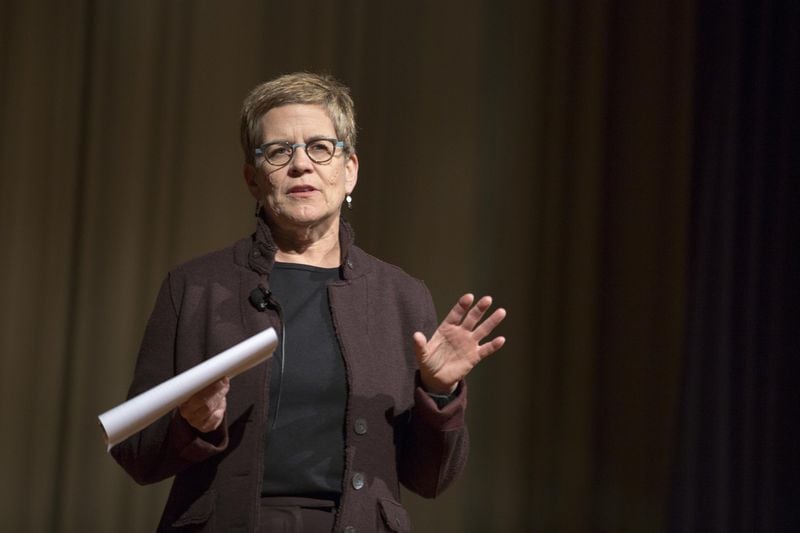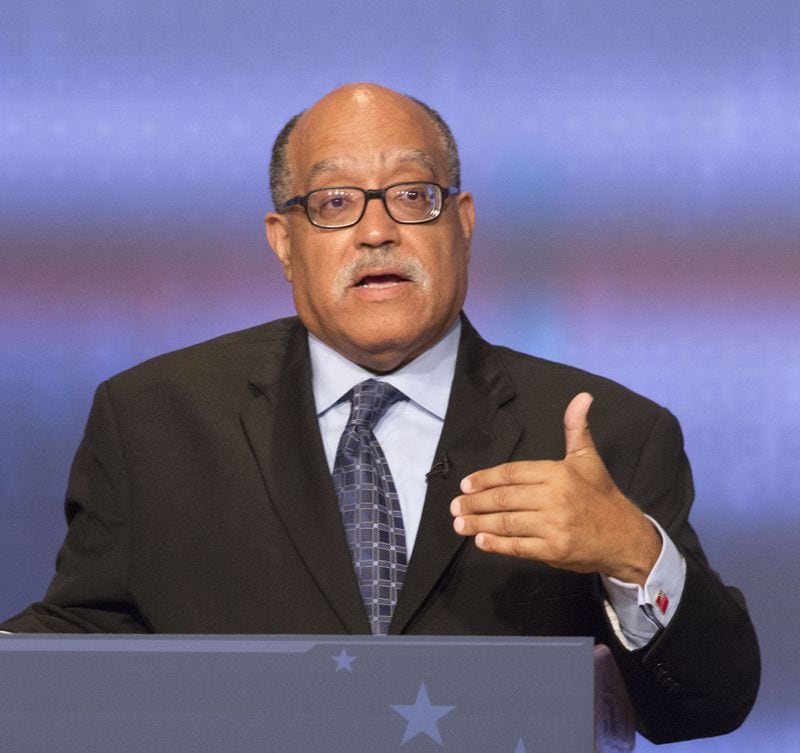The MARTA board voted 10-zip on Thursday to push forward a plan to spend $2.7 billion to expand transit within the borders of Atlanta.
But that unanimous — and historic — vote didn't necessarily mean things were all warm and fuzzy or that folks were breaking out in hugs. When there's that much public cash at stake, passions rise, regional jealousies intensify and racial antagonism seeps through.
It was a tough balancing act for the MARTA board to divvy up the proceeds from a new half-cent sales tax (to be raised over the next 40 years) and spread it around to north/south, east/west, rich/poor, streetcar/bus and, of course, black/white.
That’s especially tough when the wish list is $11.5 billion, meaning that everything on the bigger list would get done around the year 2178 at the expected spending rate.
Robbie Ashe, MARTA’s board chairman, said the huge transit spending spree will “reshape how this city moves” and “reweave the great tapestry” that is Atlanta.
But, he added, “We recognize that there’s a lot of unmet needs.”
The often contentious debate of where the dollars should get spent showed a sea change in public opinion, Ashe noted.
“Over the decades there were fights to keep transit out,” he said. “Now the fight is, ‘Why is transit not in my area?’”
Gwinnett residents will vote next year to decide whether they want to tax themselves to bring MARTA into their county, as Clayton voters did in 2014. But to get Gwinnett leaders to support the measure, MARTA had to cut a sweet deal that allows most of the money raised in Gwinnett to stay in Gwinnett.
This brought out a steady stream of frustrated African-American residents from south DeKalb County to complain that they are being seen as second-class citizens.
Joel Edwards, a retired MARTA bus driver and DeKalb activist, said residents there have been paying a 1-cent sales tax into MARTA for 40 years. “But we’re still in the back of the bus. Something has got to change. We can’t come here every month singing the same song. This is white privilege, this is what it is,” Edwards said.
Credit: Chelsea Prince
Credit: Chelsea Prince
Actually, the meeting was not about DeKalb, it was about how MARTA would spend the new half-cent sales tax passed in 2016 by Atlanta voters for projects in Atlanta. DeKalb is considering its own referendum to raise sales taxes to create its own pot of money. And then residents there can arm-wrestle over it, just like they did in Atlanta.
The first Atlanta debate came months ago when MARTA unveiled a plan to spend $500 million to build a light rail line from the Lindbergh Center station on the north line to the Emory University area. The so-called “Clifton Corridor” plan united those who supported light rail on the Beltline with black residents from south Atlanta.
The Emory area is routinely clogged with traffic and could use some transit. But, critics said, Emory wasn’t even a twinkle in then-Mayor Kasim Reed’s eye when Atlanta voters OK’d the transit tax hike in 2016. Emory annexed into Atlanta last year, causing both Beltline supporters and south Atlantans to call them tweedy line-jumpers.
The MARTA board heard those complaints and shaved a chunk from the Emory proposal. Now $350 million is earmarked for that project.
But the accord between the Emory critics was brief. Several south Atlanta residents made digs that the Beltline was a favored project getting an outsized slice of the MARTA money pie.
In fact, those competing contingents were represented by two unsuccessful candidates in last year’s mayoral race — Cathy Woolard and former state Sen. Vincent Fort.
Woolard, who some 15 years ago was the City Council president, was one of the Beltline’s initial supporters and helped give it some early love.
MARTA has earmarked $174 million to build 3 miles of light rail from Ponce City Market to the Lindbergh station and another $196 million for 4 miles of light rail along the Southwest Trail, from near I-20 to the Oakland City station. Another $200 million is earmarked to help complete another 8 miles of rail along the Beltline’s east, southeast and west segments.
Woolard was happy for the promise of additional money coming the Beltline's way, some of which was pulled from the Emory line. But she knows political promises may be squishy and that $200 million might "bleed off to something else."
She told the board, “When we started this, we felt you were going to blow a once-in-a-lifetime chance to build an integrated transit system with MARTA that makes sense.”
The Beltline folks say the light rail on that path would be the cheapest and easiest to build because the land is already free and unencumbered.
By comparison, Fort called the plan for southwest Atlanta to get a light rail line on Campbellton Road a “boondoggle.”
Credit: Phil Skinner
Credit: Phil Skinner
“The truth is,” Fort said, “the only people asking for it are City Hall and some planners. I have never been in a community meeting and heard anyone say, ‘I want a streetcar.’”
The southwest side’s light rail seems to be a bargaining chip meant to spread things around regionally in the project list.
Fort later said “it’s almost heresy to be against the Beltline,” but he called it “racist and a gentrifier.”
It’s certainly the latter.
Marci Overstreet, the new councilwoman from the southwest side, applauded the plan for light rail as “much needed” in her area.
Interestingly, light rail, which is the same as the streetcar, is pretty useless unless it is in its own designated lane. Otherwise, it’s simply a large, expensive vehicle stuck in Atlanta’s traffic. But to free up a lane for light rail, motorists will lose lanes.
Wait for the fight on that.
About the Author










